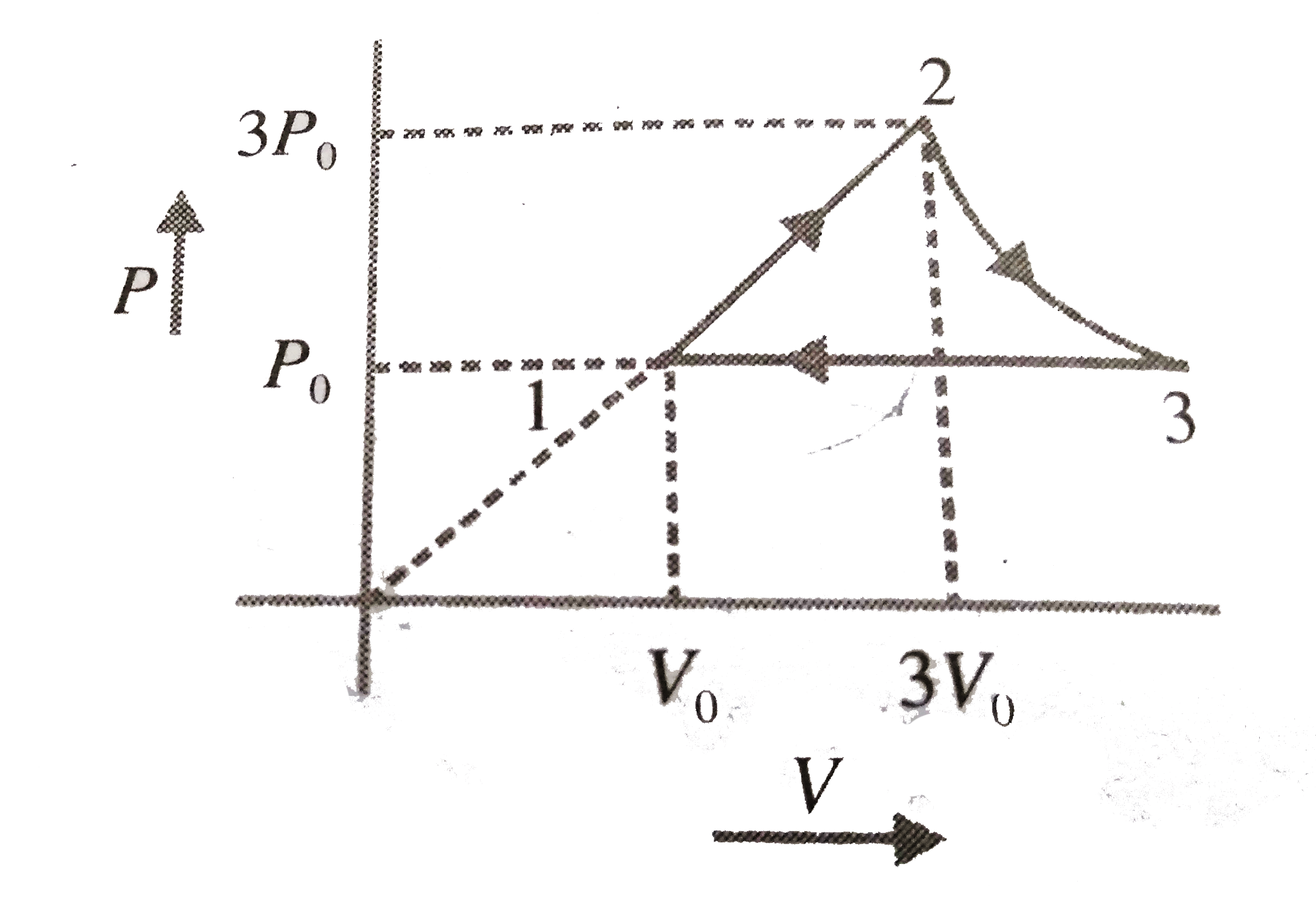Aldolase cateysing steps in regeneration phase of calvin cycle are
A) 2G3P+2DHAP→2F16P
B) F6P+G3P→XMP
C) SMP+G3P→XMP+RiMP
D) EMP+DHAP→SHBP
All the above
AB only
BC only
AD only
The correct Answer is:D
To determine which reactions in the regeneration phase of the Calvin cycle are catalyzed by aldolase, we will analyze each of the given options step by step.
Step 1: Analyze Option A
- Reaction: 2G3P+2DHAP→2F16P
- Enzyme: Aldolase
- Explanation: This reaction involves the combination of two molecules of glyceraldehyde 3-phosphate (G3P) and two molecules of dihydroxyacetone phosphate (DHAP) to form two molecules of fructose 1,6-bisphosphate (F16P). This reaction is indeed catalyzed by aldolase.
Step 2: Analyze Option B
- Reaction: F6P+G3P→XMP
- Enzyme: Transketolase
- Explanation: In this reaction, fructose 6-phosphate (F6P) reacts with glyceraldehyde 3-phosphate (G3P) to produce xylulose monophosphate (XMP). This reaction is catalyzed by transketolase, not aldolase.
Step 3: Analyze Option C
- Reaction: SMP+G3P→XMP+RiMP
- Enzyme: Transketolase
- Explanation: Here, sedoheptulose monophosphate (SMP) reacts with glyceraldehyde 3-phosphate (G3P) to yield xylulose monophosphate (XMP) and ribose monophosphate (RiMP). This reaction is also catalyzed by transketolase, not aldolase.
Step 4: Analyze Option D
- Reaction: EMP+DHAP→SHBP
- Enzyme: Aldolase
- Explanation: In this reaction, erythrose monophosphate (EMP) combines with dihydroxyacetone phosphate (DHAP) to form sedoheptulose 1,7-bisphosphate (SHBP). This reaction is catalyzed by aldolase.
Conclusion
From the analysis:
- Aldolase catalyzes:
- Option A: 2G3P+2DHAP→2F16P
- Option D: EMP+DHAP→SHBP
Thus, the correct answer is AD only.
---
- Reaction: 2G3P+2DHAP→2F16P
- Enzyme: Aldolase
- Explanation: This reaction involves the combination of two molecules of glyceraldehyde 3-phosphate (G3P) and two molecules of dihydroxyacetone phosphate (DHAP) to form two molecules of fructose 1,6-bisphosphate (F16P). This reaction is indeed catalyzed by aldolase.
- Reaction: F6P+G3P→XMP
- Enzyme: Transketolase
- Explanation: In this reaction, fructose 6-phosphate (F6P) reacts with glyceraldehyde 3-phosphate (G3P) to produce xylulose monophosphate (XMP). This reaction is catalyzed by transketolase, not aldolase.
- Reaction: SMP+G3P→XMP+RiMP
- Enzyme: Transketolase
- Explanation: Here, sedoheptulose monophosphate (SMP) reacts with glyceraldehyde 3-phosphate (G3P) to yield xylulose monophosphate (XMP) and ribose monophosphate (RiMP). This reaction is also catalyzed by transketolase, not aldolase.
- Reaction: EMP+DHAP→SHBP
- Enzyme: Aldolase
- Explanation: In this reaction, erythrose monophosphate (EMP) combines with dihydroxyacetone phosphate (DHAP) to form sedoheptulose 1,7-bisphosphate (SHBP). This reaction is catalyzed by aldolase.
From the analysis:
- Aldolase catalyzes:
- Option A: 2G3P+2DHAP→2F16P
- Option D: EMP+DHAP→SHBP
Topper's Solved these Questions
- BOOK - AAKASH SERIESCHAPTER - PHOTOSYNTHESIS IN HIGHER PLANTS EXERCISE - Exercise - II33videos
PHOTOSYNTHESIS IN HIGHER PLANTS
- BOOK - AAKASH SERIESCHAPTER - PHOTOSYNTHESIS IN HIGHER PLANTS EXERCISE - Exercise - III27videos
PHOTOSYNTHESIS IN HIGHER PLANTS
- BOOK - AAKASH SERIESCHAPTER - ORGANISMS AND POPULATIONSEXERCISE - EXERCISE-III (PREVIOUS AIPMT/NEET QUESTIONS)35videos
ORGANISMS AND POPULATIONS
- BOOK - AAKASH SERIESCHAPTER - PLANT GROWTH AND DEVELOPMENT EXERCISE - EXERCISE -III (PREVIOUS AIPMT/NEET QUESTIONS)27videos
PLANT GROWTH AND DEVELOPMENT
Similar Questions
In Calvin cycle , G - 3 - P reacts with
View SolutionFor the following reaction in gaseous phase CO(g)+12O2→CO2KPKc is
View SolutionOne mole of an ideal monatomic gas udnergoes thermodynamic cycle 1→2→3→1 as shown in figure. Initial temperature of gas in T0=300K.
Process 1→2:P=aV
Process 2→3:PV= Constant
Process 3→1:P= Constant
( Take 1n|3|=1.09)

Find the net work done by the cycle.View SolutionOne mole of an ideal monatomic gas udnergoes thermodynamic cycle 1→2→3→1 as shown in figure. Initial temperature of gas in T0=300K.
Process 1→2:P=aV
Process 2→3:PV= Constant
Process 3→1:P= Constant
( Take 1n|3|=1.09)

Determine the heat capacity of 3-1 process.View SolutionConsider the following reduction processes :
(I) Fe2O3+C→Fe
(II) Al2O3+C→Al
(III) Pbo+C→Pb
(IV) Ca3(PO4)2+C+SiO2→P
The correct processe(s) is/ areView SolutionComplete the following reactions
(a)XeF4+H2O→
(b)XeF6+SiO2→
(c )XeF6+H2→
(d)XeF6+H2O→
(e )XeF6+SbF5→
(f)XeF6+NH3→View Solution1,3,9 can be terms of (A) an A.P.but not of a G.P (B) G.P. but not of an A.P. (C) A.P. and G.P both (D) neither A.P nor G.P
View SolutionA chemical reaction proceeds as follows:
A+C→D+F (Slow)
F+B→G (Fast)
G+C→E (Fast)
Suggest rate law,units for rate constant, and overall reaction.View SolutionGiven the following two statements
S1:(p∧:p)→(p∧q) is a tautology.
S2:(p∨:p)→(p∨q) is a fallacyView SolutionOn mole of a monoatomic ideal gas is taken through the cycle shown in figure .
A→B : Adiabatic expansion B→C : Cooling at constant volume
C→D: Adiabatic compression D→A : Heating at constant volume
The pressure and temperature at A,B, etc, are denoted by PA,TA,PB,TB etc., respectively . Given that TA=1000K,PB=(23)PAandPC=(13)PA. Calculate the following quantities: (i) The work done by the gas in the processs A→B (ii) The heat lost by the gas in the process B→C (iii) The temperature TD.(Given:(23)2/5=0.85)
< View Solution
View Solution

